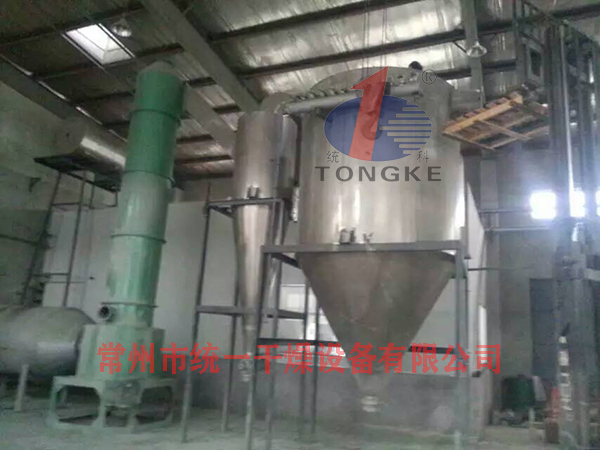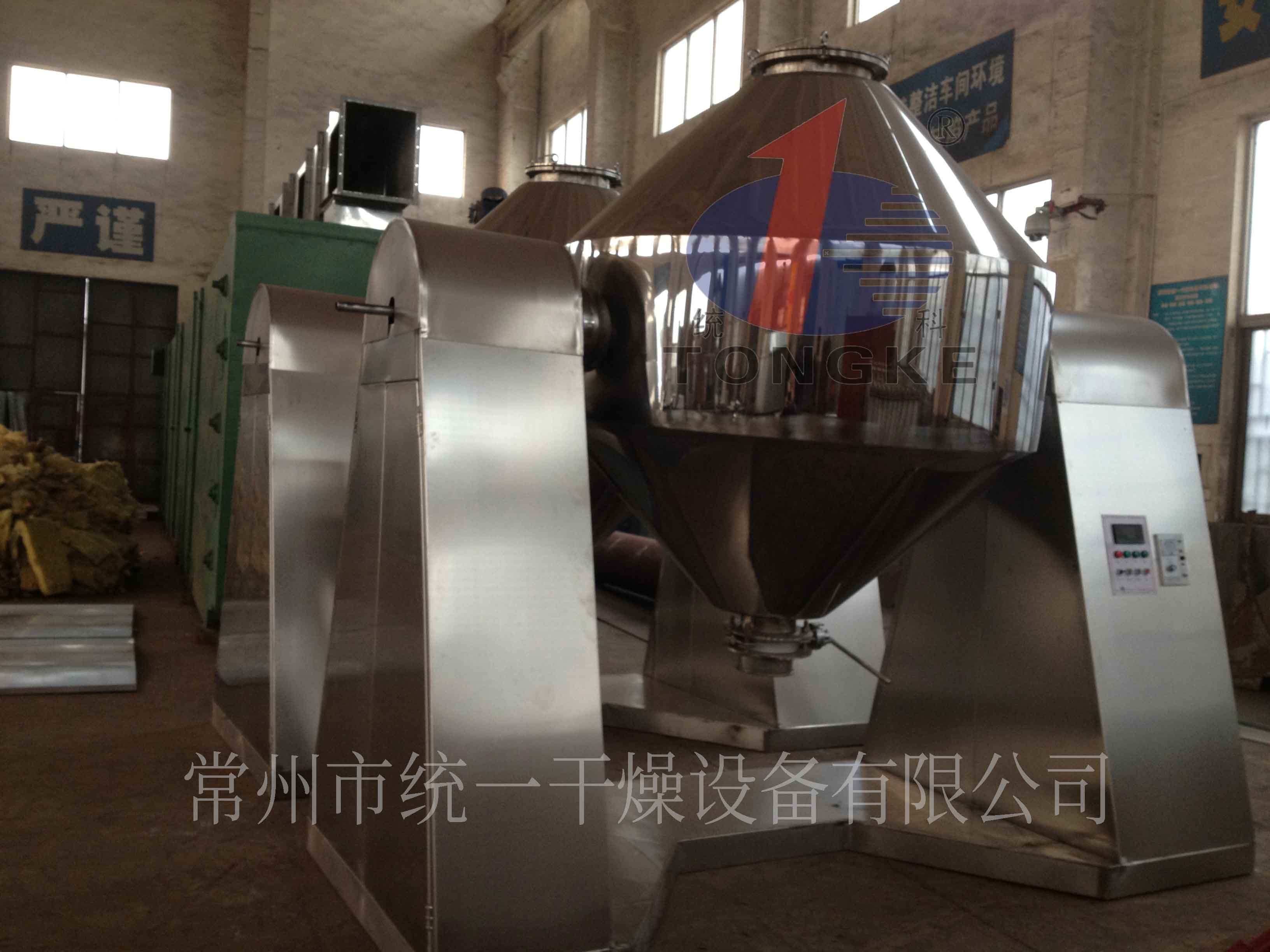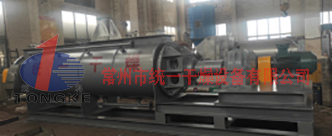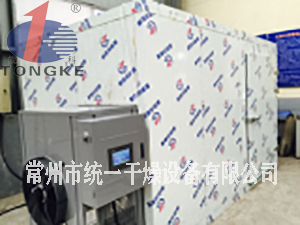选择工业干燥设备要考虑的因素
信息来源: | 发布日期: 2012-12-27 00:00:00 | 浏览量:588505
由于工业烘干机是一个重大的资本投资,任何组织,是值得仔细选择和测试设备。几十年来,可以测量机的生命,所以选用低效率的设备可以有一个长期的经济健康状况的影响,里面的设施...
选择工业干燥设备要考虑的因素
由于工业烘干机是一个重大的资本投资,任何组织,是值得仔细选择和测试设备。几十年来,可以测量机的生命,所以选用低效率的设备可以有一个长期的经济健康状况的影响,里面的设施。干燥设备的选择主要是一项练习,即知识,经验和科学都扮演着重要的角色。由于干燥过程中的复杂性,许多因素需要考虑并称重。
在选择工业烘干机,干燥的需要进行了初步分析。问您的材料,生产和^终产品质量的要求,和你的工厂的问题。
材料:材料的物理特性时,湿的或干的是什么?的粒度分布是什么?有毒,易燃,腐蚀性或磨损性的材料吗?
干燥要求:材料中的水分结合(化学被困在里面的粒子),绑定(未连接到的颗粒,也称为游离水分)或两者?材料的初始和^终的水分含量是什么?什么是允许的^高干燥温度,可能我的材料干燥时间吗?什么是干燥:干燥温度波动干燥过程的中途吗?
生产要求:材料是否需要批量或连续处理?多少数量的材料必须干燥机每小时处理?什么样的保留时间,实现高品质的^终产品?干燥前后的过程将如何影响我的机选择?
^终产品的质量要求:材料的收缩,降低overdry或在干燥过程中受到污染?其^终含水率是如何统一?^终产品的温度和体积密度是什么?将干燥后的材料给灰尘或需要溶剂回收吗?
植物:有多少空间是在工厂吗?如何温暖,湿润和清洁工厂的空气吗?什么样的燃料和动力源,湿饲料来源和排气的气体喷出口,可在工厂中?什么级别的噪声,振动,灰尘和热量的损失,允许在工厂根据当地分区和环保法规吗?
通过回答这些问题,你会排除许多机,为您的应用程序是不适合的。例如,物理或处理的材料的特性将消除一些干衣机。蒸汽管回转干燥机是潮湿的,有粘性材料,如云母不是一个好的选择。烘干机将材料旋转和滚动,这种消极输送不能移动粘性物质的入口区域前对血管壁和蒸汽管道的蛋糕。螺旋输送器或间接的多圆盘式干燥机是更好的选择。任一个单元提供正位移,可以快速移动云母远离入口朝向出口。
其次,考虑足迹机,以满足您的要求或所需的占地空间。排除任何机,不符合现有的空间,或将需要昂贵的工厂改建,扩建。剩余的候选人的资本和经营成本和性能进行比较。
如果选择一个高性能的机升级您现有的干燥过程中,考虑现有的配套项目,如存储和接收设备,输送机和污染控制设备,可以处理新机的容量增加。
一旦干燥机的选择已经缩小,与你的材料测试机,根据您的作业条件。
机测试,可进行中试试验研究实验室设施,并应建立:
为你的材料的^佳操作条件 每个机处理材料的物理特性 干燥后的材料的质量和特色 适当的机大小 基于这些结果,烘干机生产厂家Heyl和帕特森等设备,将满足您的干燥需求制定详细的建议。建议在手,你可以选择一个机和干燥选项。讨论的因素包括机的安装和运营成本,本机的操作和维护要求。
Factors to Consider in Selecting Industrial Drying Equipment
Because an industrial dryer is a major capital investment for any organization, it pays to select and test the unit carefully. Dryer life can be measured in decades, so the selection of inefficient equipment can have a long-term impact on the economic health of the facility that houses it. The selection of drying equipment is predominantly an exercise in which knowledge, experience and science all play important roles. Because of the complexity of the drying process, many factors need to be considered and weighed.
Before choosing an industrial dryer, conduct a preliminary analysis of your drying needs. Ask questions about your material, the production and final product quality requirements, and your plant.
Material: What are the material's physical characteristics when wet or dry? What is the particle size distribution? Is the material toxic, flammable, corrosive or abrasive?
Drying requirements: Is the material's moisture bound (chemically trapped inside the particles), unbound (not attached to the particles, also called free moisture) or both? What are the material's initial and final moisture contents? What are the maximum permissible drying temperature and probably drying time for my material? What is the drying curve: Will the drying temperature need to fluctuate midway through the drying process?
Production requirements: Does the material need to be batch or continuously processed? What quantity of material must the dryer handle per hour? What retention time will achieve a high-quality final product? How will the processes before and after drying affect my dryer choice?
Final product quality requirements: Can the material shrink, degrade, overdry or become contaminated during drying? How uniform must its final moisture content be? What should the final product temperature and bulk density be? Will the dried material give off dust or require solvent recovery?
Plant: How much space is available in the plant? How warm, humid and clean in the plant air? What fuel and power sources, wet feed sources and exhaust gas outlets are available in the plant? What levels of noise, vibration, dust and heat loss are permissible in the plant according to local zoning and environmental regulations?
By answering these questions, you will rule out many dryers that are not suitable for your application. For instance, a material's physical or handling characteristics will eliminate some dryers. A steam-tube rotary dryer is not a good choice for a wet, sticky material such as mica. The dryer moves material by rotating and rolling it, and such passive conveying can't move a sticky material out of the inlet area before it cakes on the vessel wall and steam tubes. A screw conveyor or indirect multiple disc dryer is a better choice. Either unit provides positive displacement that can quickly move the mica away from the inlet and toward the outlet.
Next, consider the footprint or required floor space of the remaining dryers that meet your requirements. Rule out any dryer that does not fit the existing space or would require a costly plant renovation or expansion. Compare the capital and operating costs and performance of the remaining candidates.
If selecting a high-performance dryer to upgrade your existing drying process, consider whether existing ancillary items such as storage and receiving equipment, conveyors and pollution control equipment can handle the new dryer's increased capacity.
Once the field of dryer choices has been narrowed, test the dryers with your material under your operating conditions.
Dryer tests can be conducted in a pilot plant lab facility, and should establish:
The optimal operating conditions for your material How well each dryer handles the material's physical characteristics The material's quality and characteristics after drying The appropriate dryer size Based on these results, a dryer manufacturer such as Heyl & Patterson can develop detailed recommendations for equipment that will meet your drying needs. With recommendations in hand, you can select a dryer and drying options. Factors to discuss include the dryer's installation and operating costs, the dryer's operation and maintenance requirements.
-
2024-03-11 16:00:12
大型离心喷雾应用于药渣废液环保项目
-
2023-12-22 22:11:04
专用电池材料振动真空干燥机
-
2023-12-22 22:06:21
废盐专用连续式卧式沸腾床
-
2023-12-22 22:04:19
电磁高温固化及反应干燥装备
-
2023-12-22 22:02:33
高效节能高温耐热材料隧道窑炉
-
2023-12-22 21:56:06
药厂菌渣废液大型离心喷雾干燥按期交货






